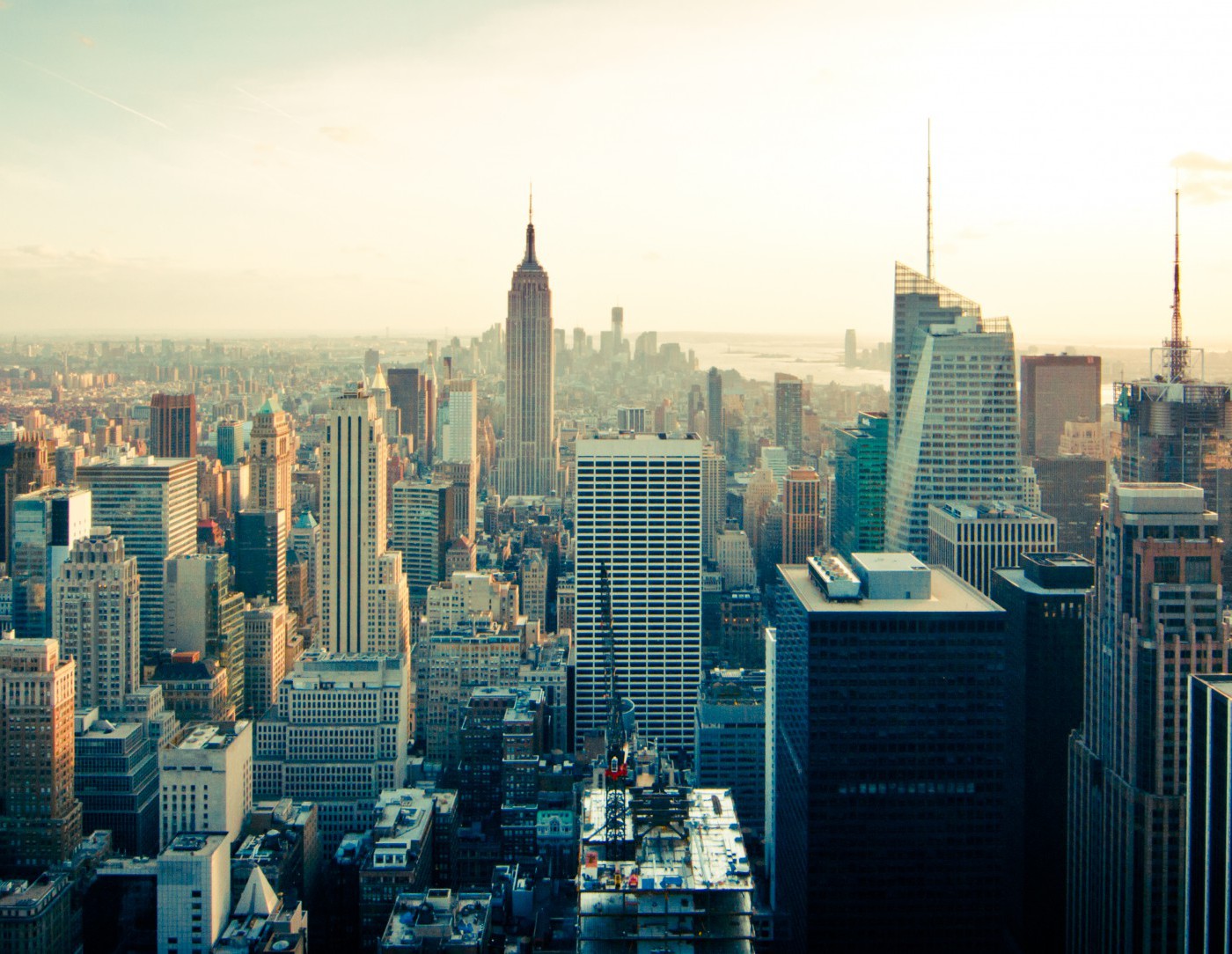Related

Report
/ Feb 19,2020
The Need for Public Bathrooms
An analysis of public bathrooms in New York and abroad
by
Boyeong Hong

Event
/ Oct 16,2014
The First International Forum on Urban Parks, held in Mexico City earlier this week, presented a spectacular array of parks and their lessons from Mexico, Colombia, South Korea, Canada, and the U.S., among others.
Urban Parks provide important environmental advantages, measurable economic benefits, and, most importantly, invaluable services for people. Parks provide access to recreation, sports and physical activity, and they offer opportunties for community engagement and an escape from urban stress. One study indicates that exposure to vegetation lowers pulse rates, blood pressure, and levels of the stress hormone cortisol and that it increases nerve activity. In the U.S. “people that live near parks are three times as likely to get the recommended amount of daily exercise,” according to Catherine Nagel from City Parks Alliance. “When people have a 30 or 40 square meter home, [300-400 sq ft, like they do in many parts of the developing world], they don’t live in their homes; they sleep in their homes. Where they live is outside,” said Guillermo Peñalosa the Executive Director of 8-80 Cities, a non-profit dedicated to making cities accessible for people from 8 to 80 years old. “We should stop building our cities for 30 year-old athletes,” Gil says; we need pedestrian environments and activities that encourage everyone to enjoy the cities and parks. Parks are everyone’s back yards, sports facilities, gyms, therapists, resting spots and meeting places.
Linear parks are especially marvelous, says Peñalosa, because they traverse different neighborhoods and link the rich and poor, the fat and thin, the young and old, the tall and short, and everyone in between. The 8-80 Cities´ slogan is “a city’s parks are its symbols of democracy and equality”. Linear parks also improve mobility, connecting destinations. A stunning example is Cheonggyecheon Stream in Seoul which used to be a two-level highway with a drainage-converted creek below. Today, it’s Korea’s most valuable park, an asset that helped get the mayor elected president.
Environmentally, parks help cities by absorbing storm water, recharging the aquifers, lowering urban temperatures and absorbing CO2 emissions. Parks are relatively inexpensive ways to combat climate change, balance the local habitat and reduce environmental degradation.
Economically, parks improve the existing neighborhoods, increasing property values between 5-20% and spurring more investment around them. A good park system attracts talented people to a city, and a particularly great park system attracts national and international tourism. Central Park, for example, receives 40 million visitors a year, many of whom then spend money in the surrounding businesses. Since parks also provide opportunities for physical activity, they help to reduce health care costs for diabetes and other lifestyle-related illnesses. All around, parks conserve public resources and incentivize investment.
So what’s the problem? Why don’t we have more than enough high-quality parks? Both financial and spatial constraints are to blame.
In general, public finances are being cut globally, and on the list of priorities, parks fall toward the bottom. Policing, education, transit, roads, health care and other public goods are higher on the list. The good news is that Public Private Partnerships (PPP) are paving the way as a financing alternative, raising private funds to help pay for improving or maintaining parks. Great examples include: 30 years of the Central Park Conservancy, Bryant Park, El Fideicomiso Pro Bosque de Chapultepec, The Friends of the High Line, and Brooklyn Bridge Park, among others. To generate funds, these PPPs may charge a property tax to members of a Business Improvement District or fundraise for private donations, perhaps naming spaces, structures, programs or activities after corporate donors, etc.
In terms of space, cities need a “hierarchy of open spaces” as Solly Angel explains in his book Making Room for a Planet of Cities. Cities need not only regional parks but also urban parks, linear parks, neighborhood parks, pocket parks and others. As he describes, cities must not reserve unrestricted amounts of space which they cannot protect or maintain because those spaces can easily become urbanized or decrepit, especially in the developing world. It’s better to have a park half the size with double the quality. Cities need more small- and medium-sized parks that bring the park closer to the neighborhood. Los Angeles developed a great model for creating neighborhood parks. Judith Kieffer, Executive Director for the Los Angeles Parks Foundation explained that they identified more than 50 abandoned properties in downtown Los Angeles and decided to take them over and convert them into parks. In a year and a half, they’ve created 19 new parks, and they expect to have a total of 25 by the end of 2013.
Once funded and located, the formula for successful parks has three key ingredients: excellent infrastructure, state-of-the-art management and users. In terms of infrastructure, many parks have inherited their infrastructure from historical investments; others like Millennium Park, Maggie Daley and the High Line have held international competitions to find the best design proposals. Still others have reached out to community members for input regarding the type of infrastructure to be built.
However, you can have the best infrastructure in the world, but if there is nothing to do or to see, you won’t attract people. Conversely, you can have very basic infrastructure with superb programming that attracts hundreds. The real difference between a great park and a decrepit park is how well people use it. Every presentation at Monday's forum had a focus on management and programming, and they seem to be two-thirds of the “condiments,” as Peñalosa put it. If you don’t attract people, the park loses its purpose and can become unsafe; it can have the opposite effects on property values and neighborhoods. Furthermore, the best way to attract people is to create a participatory process that includes them in the design, maintenance and programming.
What kinds of things do people like to do? Experience shows they like to walk, people-watch, play, exercise, rest, have a picnic, enjoy the view, touch the water, lie on the grass, soak up the sun, climb a rock, sit in the shade, chat, eat, listen to music, watch performances, watch movies, ride in a boat, fish, walk the dog... you name it. The key is to ask your community and to plan for every kind of activity you can support!
Tile image courtesy of J.F. Castro
Please fill out the information below to receive our e-newsletter(s).
*Indicates required.